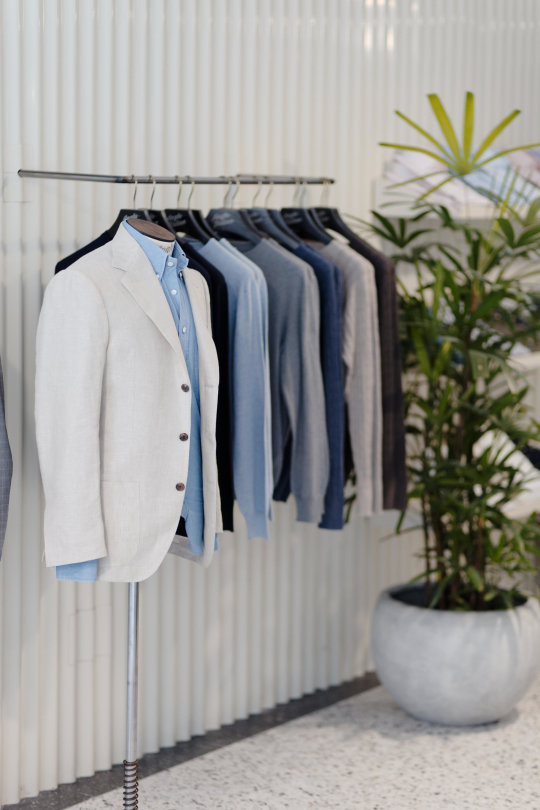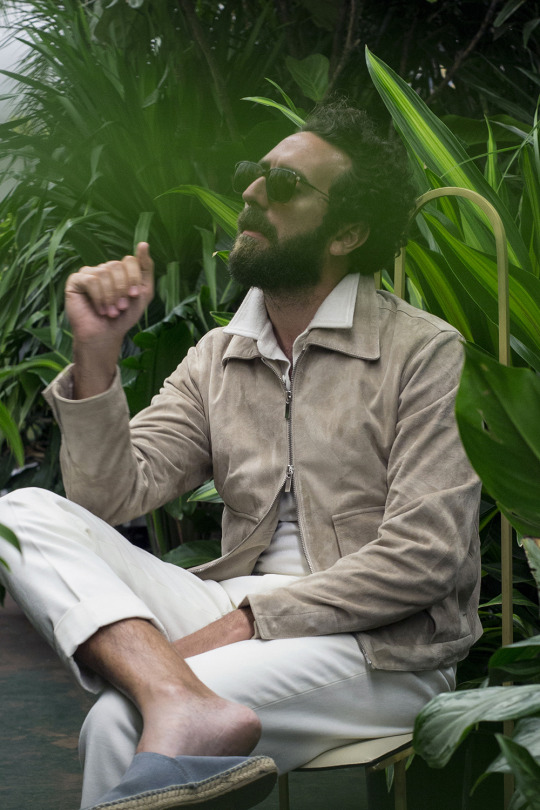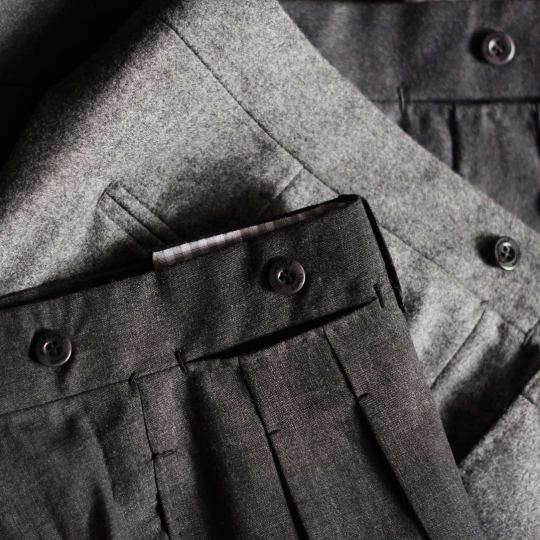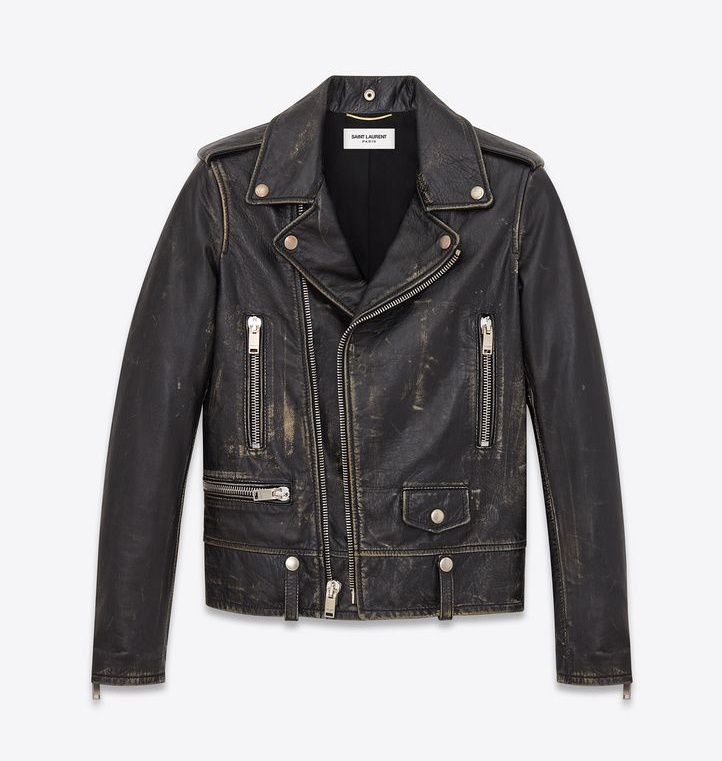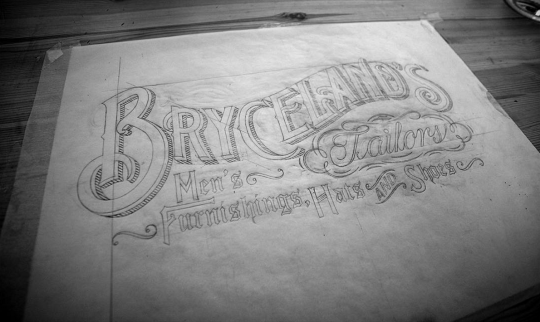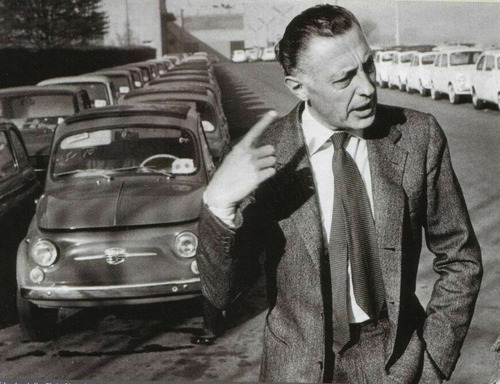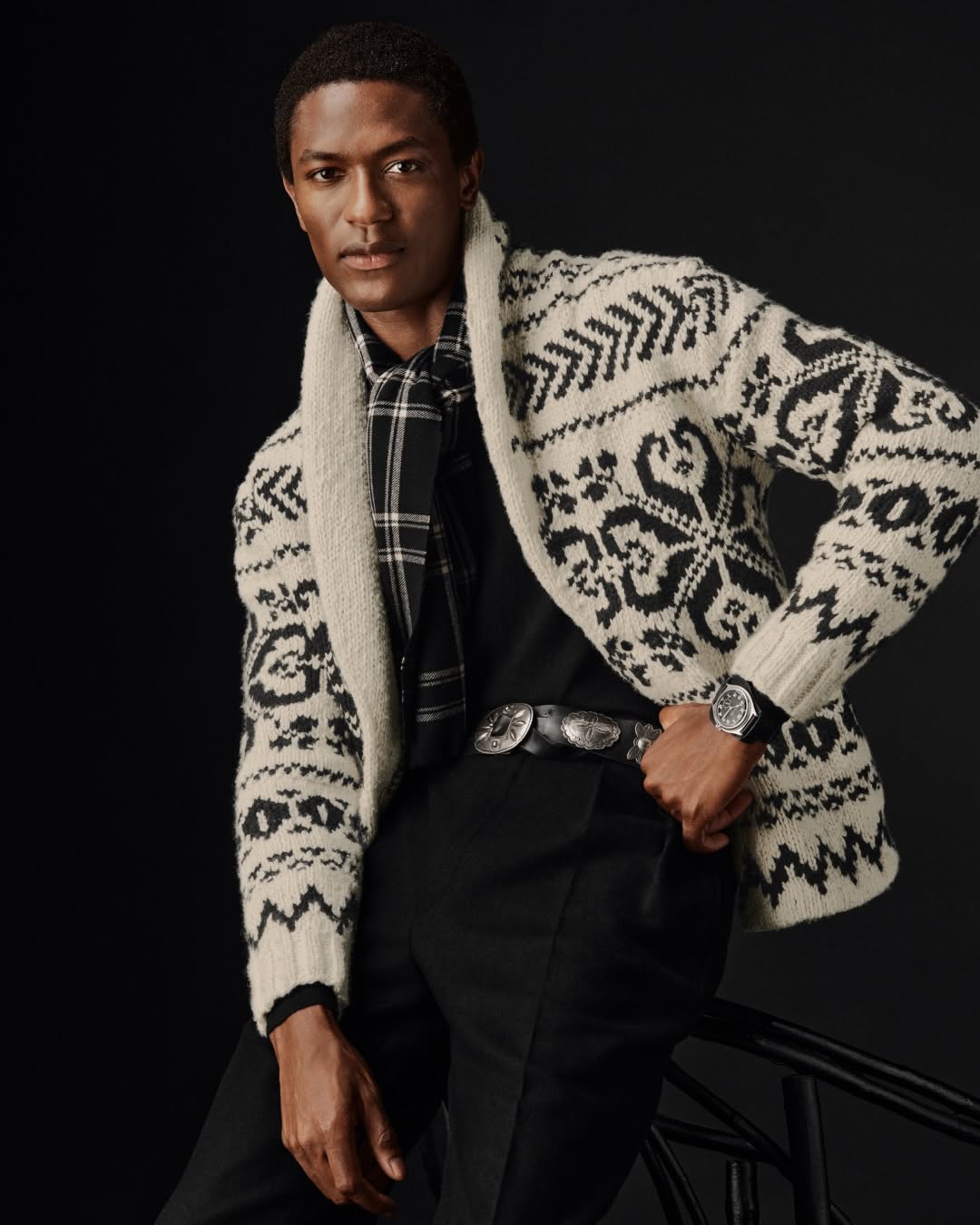Some of That Southern Comfort

Tailoring is a fierce trade with an ever-shrinking market. Which is perhaps why, if you talk to enough tailors, you’ll find they all hate each other. A tailor will tell you so-and-so is cheating his customers by using cheaper trims. Or such-and-such tailor isn’t cutting things right. For whatever reason, this sort of talk is especially common among the older tailors in Southern Italy, who are all too eager to tell you how everyone is doing things wrong except them.
Part of this is the natural sniping that happens in small, competitive industries. The other part is about how tailors are trained. Traditionally, a tailor will enter the trade by apprenticing under a master cutter or tailor. Since their work as an apprentice is still contributing to the shop’s general output, that means things have to be done in a very careful and specific way. This lends a kind of rigidity to the learning process that, I assume, carries with the person throughout much of the career. People who do things differently are thought to be wrong, lazy, or just outright evil.
Not all tailors are so rigid in their thinking. I’ve had some great conversations with Herrie Son, a young up-and-coming tailor located in Nashville, Tennessee – a city admittedly better known for its down-home country music than traditional suits and sport coats. Still, Herrie brings a bit of Savile Row craft to the American South. She got her start at the London College of Fashion, where she focused on handcraft tailoring, and then did some work for Thom Sweeney and Welsh and Jefferies. At the first, she learned how to cut; at the second, she learned how to make.
Keep reading
